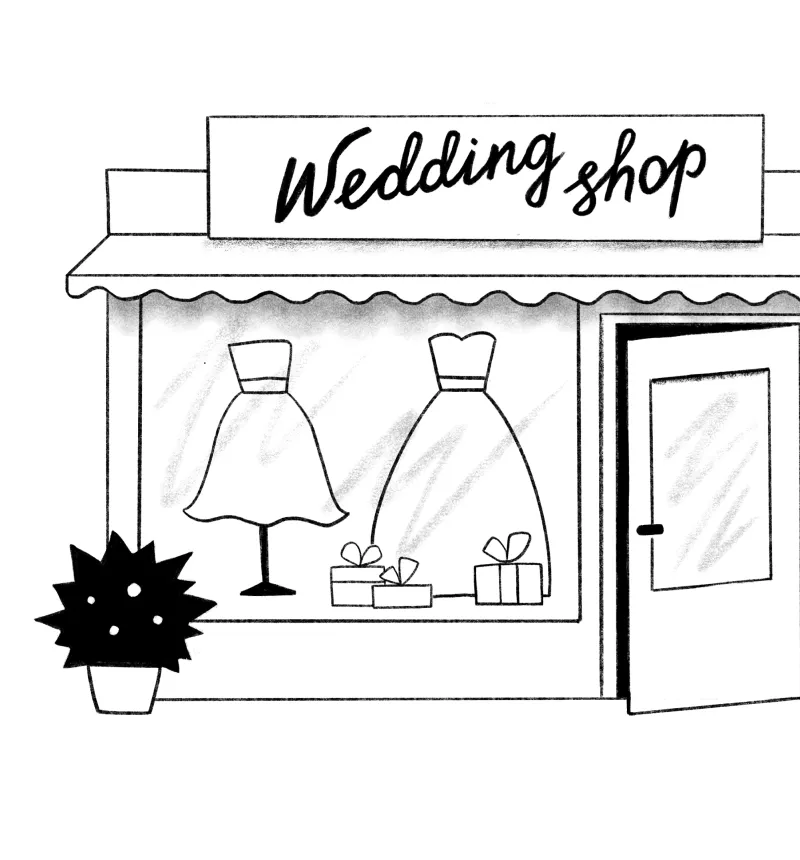Add, remove & assign phone numbers on demand
Manage, respond to, and share calls with your team
Send & receive any message you need to
Keep contact details in one place with a shared phonebook
For on-the-go teams to share messages, calls, and contacts
A full directory of all our included features

The benefits of SMS texting

How do you prefer to be contacted? If the answer is via a short text message, you’re not alone. According to recent figures, 84 per cent of UK adults own a smartphone, almost three-quarters of whom send or receive text messages every day.
Small businesses should pay attention to these statistics. As we will explore in this handy guide, short message service (SMS) texting is a highly effective way of reaching customers. Many companies use it to replace intrusive direct calls and emails.
What is SMS texting?
As anyone born before the 1990s will be well aware, SMS technology has been with us for several decades and represents the most common type of text messaging. An SMS text is limited to 160 characters (including spaces) and consists only of text.
You may also have heard of multimedia messaging service (MMS) texting, which allows users to send audio, images and videos via cellular networks. Due to the advent of applications such as WhatsApp, MMS texting is relatively uncommon nowadays. However, depending on your text message carrier, SMS messages that exceed the 160-character limit may automatically convert to MMS.
How to send broadcast/mass SMS messages
The best way for a small business to reach a wide audience is to use broadcast SMS. There are plenty of systems out there designed to distribute text messages to customer mailing lists, with many offering personalisation options and sophisticated segmentation features.
Four ways to implement SMS in your business
Increasingly, small businesses are harnessing the simplicity of SMS messages to supercharge their marketing campaigns and send practical information to customers.
Here are just a few ways you could implement SMS messaging in your business operations:
1. Advertise promotions
Text messages represent a great way to push time-restricted promotions as recipients are likely to read them promptly. Say, for example, you run a food takeaway service offering a 20 per cent discount for one evening only. Sending a message an hour or two before dinner time could whet customers’ appetites and boost your sales.
2. Offer customer support
Over half of respondents to a recent survey cited text messages as their preferred method of interacting with customer support representatives. To keep your customers happy, therefore, you should offer SMS support services in addition to more traditional channels.
3. Provide helpful advice
If you run a specialist service that requires active customer engagement, SMS messaging could come in very useful. Salon owners, for example, may wish to send reassuring text messages to customers scheduled to undergo certain skin treatments. If someone has booked a chemical peel, you could provide helpful guidance about how to prepare for the procedure, as well reminding them of the appointment time.
4. Request payments
SMS payments allow customers to pay for goods and services via text messages. The cost of an SMS payment is typically deducted from the customer’s monthly phone bill, offering a safe and easy way to complete transactions.
Five benefits of SMS messaging
1. They're short and sweet
While keeping messages to 160 characters may seem restrictive, it could make your communications more concise. Remember – customers are often busy individuals unwilling to wade through long-winded messages.
2. They offer an alternative for people without social media
Platforms such as Facebook Messenger are capable of sending quick messages to customers, leaving many small business owners wondering whether to focus their efforts on social media or SMS. While both have their perks, SMS is the only feasible option for folks who prefer to stay away from social media. In this way, text messages are a valuable resource for reaching a broader base of customers.
3. They don't demand an internet connection
Have you ever run out of mobile data or travelled to a remote area without any Wi-Fi? We’ve all been there. With SMS messaging, your communications won’t be delayed by a customer’s dodgy internet connection.
4. They're great for sending urgent information
Need to send information about a last-minute appointment change? A text message is likely to reach your customer quickly, ensuring their day isn’t too disrupted.
5. They're great for conducting surveys and polls
One of the most important aspects of delivering top customer service involves listening to your customers and responding to feedback. With SMS, you can send poll questions that are quick and easy to respond to, increasing your chances of gathering actionable data.
In short
Time and again, studies have demonstrated that customers prefer to be reached via SMS as opposed to emails and direct calls. Texting is less intrusive and more convenient than virtually all other communication channels. If you want to improve your customer service offering and see your small business grow, make SMS texting a key part of your marketing strategy.

Continue reading
For local small businesses, SMS is the ideal medium to increase brand awareness, acquire and retain customers and increase their lifetime value
Whether you sell products or offer services to your customers, you can unlock easier payments by using SMS payments




